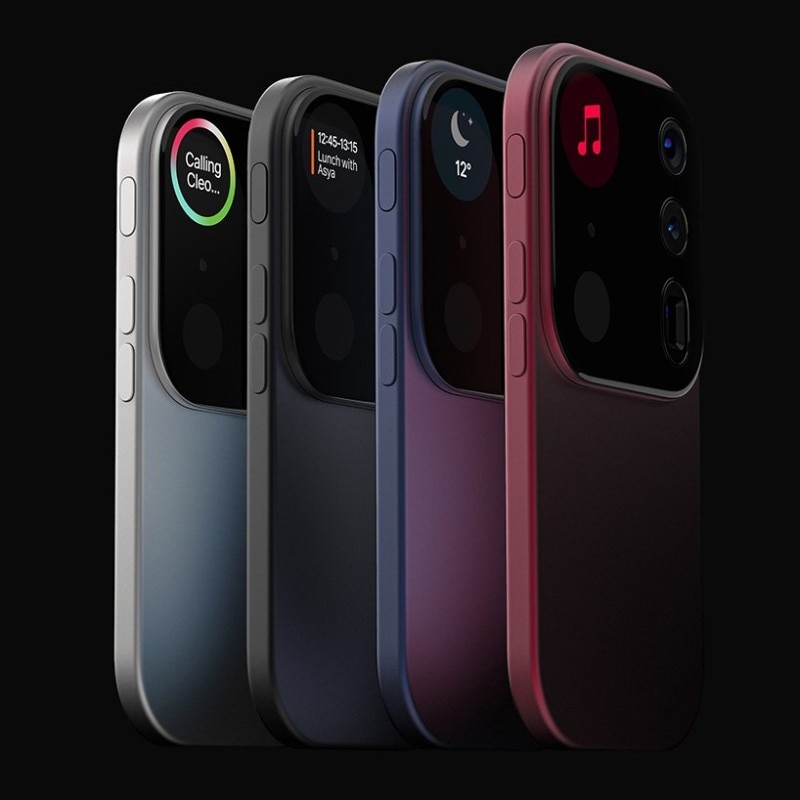Mosaic is a concept for a modular smartphone that revolves around a detachable and independent camera unit, called the Photo Tile, and two docks equipped with a mid-sized and full-size display. In other words, think of an iPhone, with a big and protruding camera on the back that you can remove and use as a separate device. The ability to carry around the Photo tile as a standalone device opens up a series of interesting opportunities, such as using the little unit as an action camera to capture photos and videos.
Mosaic is a concept phone with a detachable GoPro-like camera
Industrial designer Louis Berger created a fictional product to explore the idea of a phone composed by different tiles, with the detachable camera unit as the independent centerpiece of the device.
View Article details
- Andrea Nepori
- 22 May 2020
The Photo Tile features a three-lens camera setup and a small screen that could show the the time, the battery level and signal. If snapped into the smaller display tile, the back of the device offers a square screen with rounded corners that reminds of the old Nokia 7705 Twist. The bigger display tile, instead, offers a larger screen and enables a regular smartphone experience with an extended battery life. Exactly like Google’s Project Ara, the Mosaic concept looks great on paper and in renderings, but it would be basically impossible to bring to market. The detachable nature of the device would impose hard limitations on components design, add failure points, and eventually force a user to take care of three different units, all easy to lose and displace. Modularity, in other words, is one of those easy-to-sell smartphone design tropes that only look great in a conceptual phase, where you can easily remove all the real design (and market) constraints and just purely imagine what a phone could look like, just like flying cars or v-shaped airplanes.
- Louis Berger
- 2020

Photos courtesy of Louis Berger
Photos courtesy of Louis Berger
Photos courtesy of Louis Berger
Photos courtesy of Louis Berger
Photos courtesy of Louis Berger
Photos courtesy of Louis Berger
Photos courtesy of Louis Berger
Photos courtesy of Louis Berger